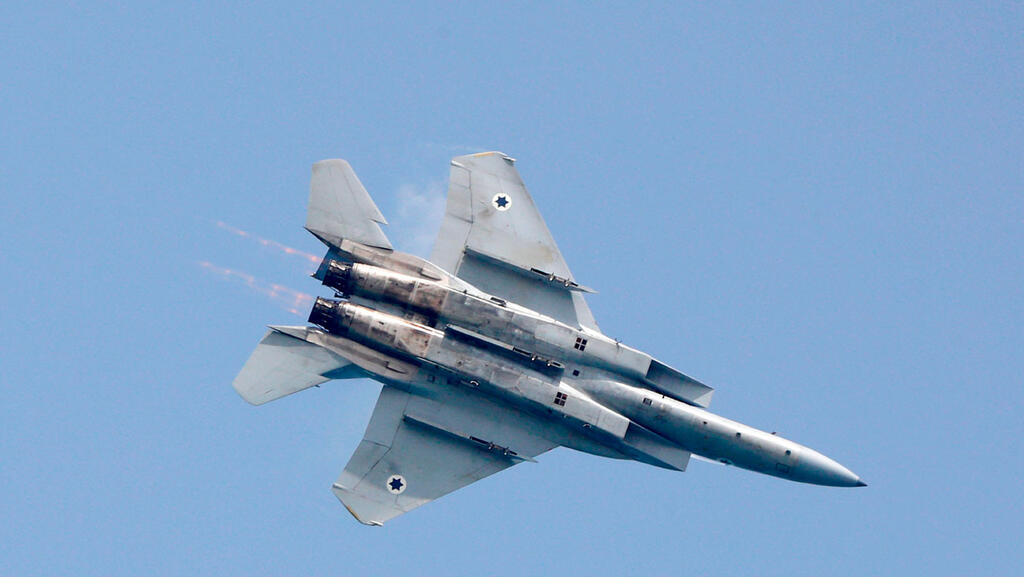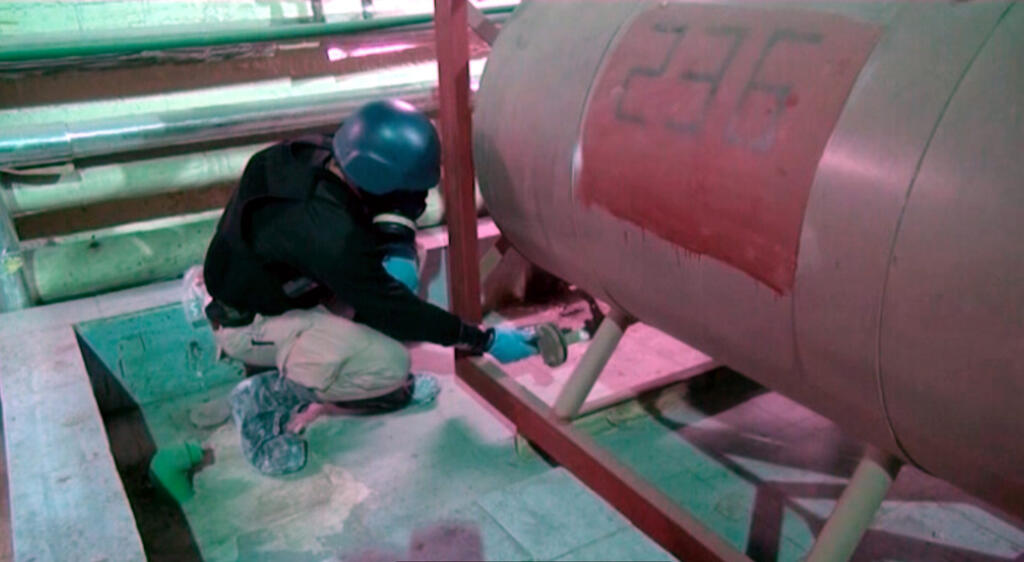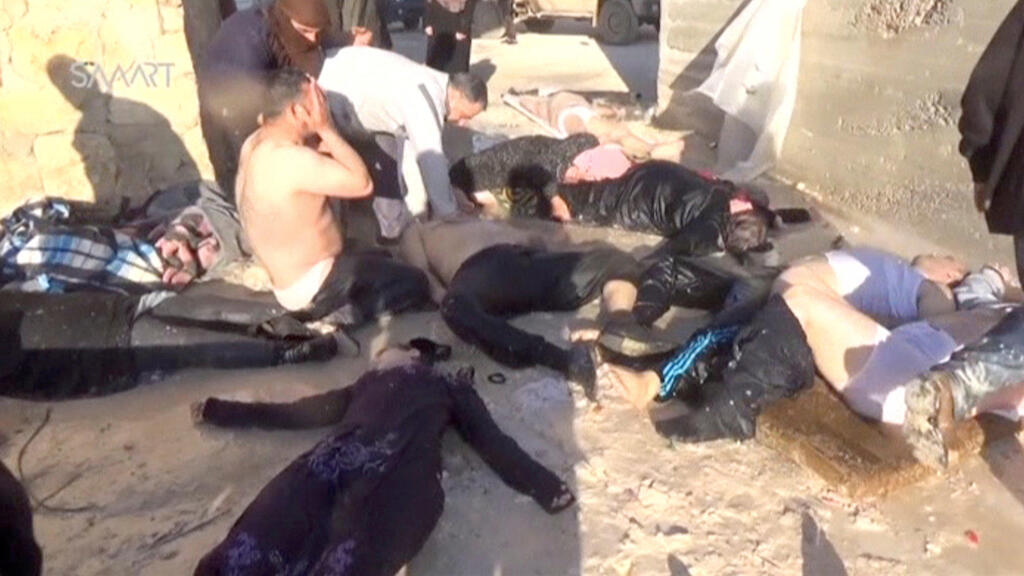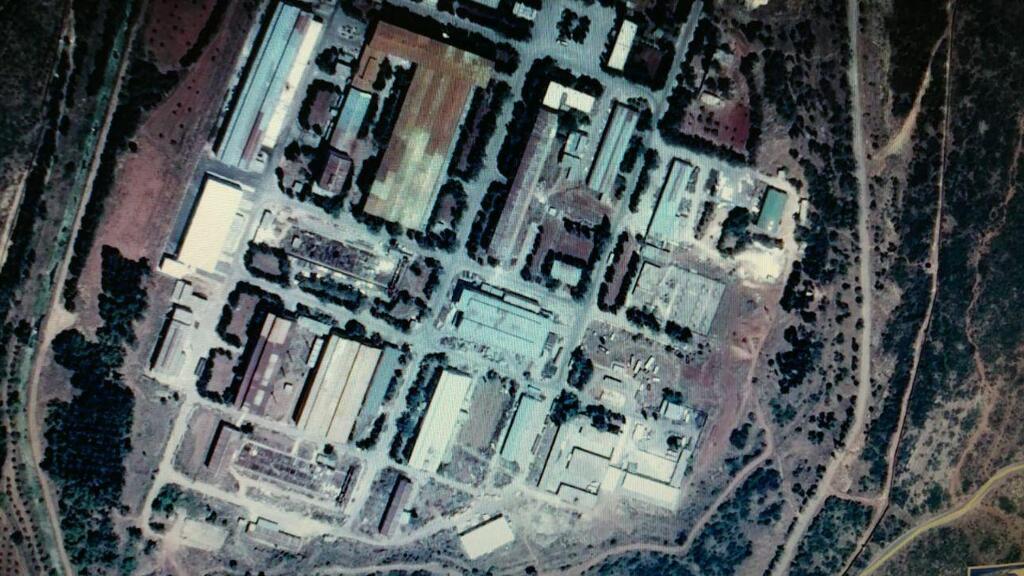Getting your Trinity Audio player ready...
The report by the Washington Post on Monday — regarding two alleged Israeli attacks made in the past year on chemical weapons sites in Syria — did not come in a vacuum.
Israel was alleged to have attacked Syrian chemical plants as early as 2018, sending the message that Damascus is continuing to develope non-conventional weapons.
The threat of such weapons being developed by the Assad regime was thought to have been lifted in 2014 when the UN Security Council's WMD watchdog announced that the removal of near 95% Syria’s chemical weapons material was complete.
Assad used mostly Sarin nerve gas as of 2012 targeting Islamic State and Al Qaida strongholds until then-U.S. president Barak Obama threatened to attack Syria unless the use of such weapons was stopped.
An American attack did not take place but Russian President Vladimir Putin, sensing an opportunity to gain points on the world stage — convinced Assad to give up his weapons and by the end of 2014, were said to be either partially or completed destroyed.
The IDF thought at the time that a negligible number of chemical weapons remained on Syrian sole and ended Israel's preparation for chemical or biological attacks including the delivery of gas masks to its population and relevant military exercise.
But facts on the ground did not support such optimism. Approximately three months after the UN report, more stores of chemical weapons were detected. Assad stopped using sarin gas but continued to attack civilians and his armed enemies with chlorine-filled barrel bombs, which did not cause massive deaths but did cause injury and disease.
Those attacks continued in 2016 and 2017, some with sarin, prompting then - U.S. president Donald Trump to launch an attack on Syria.
In Israel, preparations began for action to be taken independently, as part of the war between wars, which the IDF has been waging against Iranian entrenchment in the region.
But even earlier, information was given to the international community and the UN from an anonymous source, claiming Syria was not only using chemical warfare, it was also producing weapons with material imported by Syria's military industry, from countries in Europe such as Belgium, Germany, Switzerland and the Netherlands.
The same military industry is tasked with developing and producing Syria's missiles.
The French Le Monde newspaper reported last year, quoting confidential information from two non-governmental bodies: Syrian Archive and OSHE, on how chemical weapons were being produced in Syria with the use of imported materials.
The same reports claimed Israel attacked Institute 4,000, part of the arms industry, in the area of Hama, in the center of the country, where chemical weapon production takes place.
The organizations said the attack was unsuccessful and only administrative offices and laboratories were hit. Still, Israel was willing to take decisive action against the threat from its neighbor to the north.
Israel had repeatedly declared it would use force if necessary, to prevent WMD from the Assad regime, fearing such weapons might reach the Lebanon-based Hezbollah terror group, which would then be able to use them against Israelis.
The Le Monde report makes clear that the three chemical sites named as targets of Israel's attack in the Washington Post article, were not the only sites on Israel's radar and that in the latest strike a large cache of nerve gas and another with chlorine gas, were destroyed.
The July attack that was reported in the Post, was clearly one of the most important moves Israel has made clandestinely, to interfere in Assad's ability to produce WMD.
The publication on Monday, quoting intelligence sources, was meant to indicate to Assad as well as to Iran – that Israel was determined to prevent their non-conventional capability, be it by chemical or nuclear weapons.
First published: 09:55, 12.14.21





